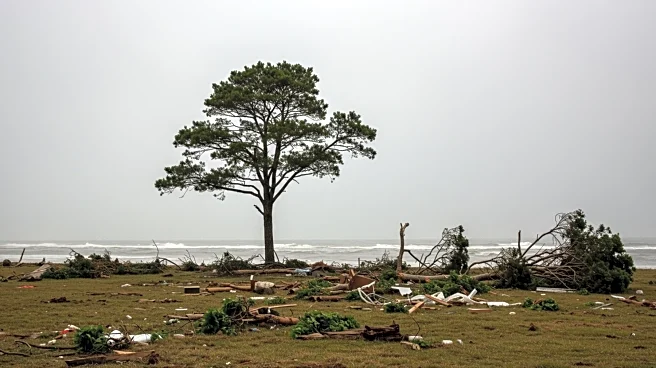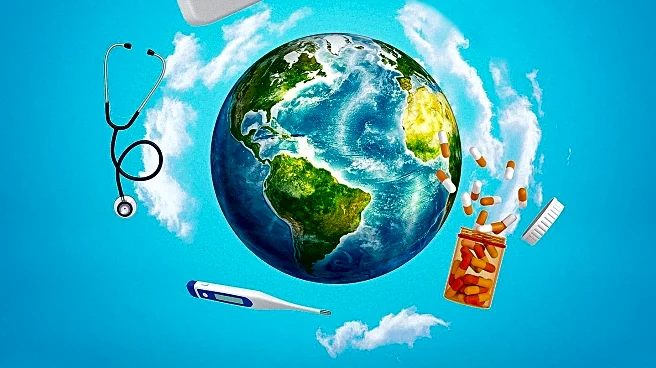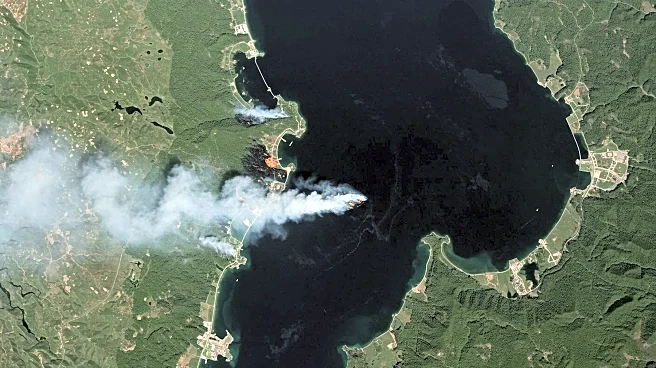Rapid Read • 7 min read
Hurricanes can cause the release of hazardous materials from industrial sites and sewage treatment plants, leading to long-term environmental impacts. Storm surges and flooding erode shorelines, impacting water quality and habitats. Hurricanes can introduce invasive species and lower oxygen levels in marine ecosystems. August is peak hurricane season, with four major hurricanes produced so far, leaving behind significant environmental impacts. Climate change intensifies hurricanes by increasing their strength, rainfall, and storm surge, as well as potentially altering their paths and duration.
AD
The environmental impacts of hurricanes extend beyond immediate damage, affecting ecosystems and human health. Contaminated soil and water can pose long-term health risks to communities, especially if not addressed properly. Exposure to contaminated floodwaters can cause a range of health problems, including respiratory illnesses, skin infections, and gastrointestinal issues. The intensification of hurricanes due to climate change underscores the need for improved disaster preparedness and response strategies to mitigate these impacts.
Efforts to address the environmental impacts of hurricanes will require collaboration between government agencies, scientists, and communities. Strategies to prevent the release of hazardous materials and manage contaminated sites will be crucial in reducing long-term health risks. Monitoring and research on the effects of hurricanes on ecosystems will help inform policies and practices to protect vulnerable areas. As hurricane season continues, authorities will remain vigilant in tracking storms and preparing for potential impacts.
The persistent environmental impacts of hurricanes raise ethical and legal questions about the responsibility of industries and governments in managing disaster risks. There is a need for policies that prioritize environmental protection and sustainable development to reduce the vulnerability of communities to climate-related disasters. Long-term shifts in weather patterns could lead to more frequent and severe storms, necessitating a reevaluation of coastal development and disaster preparedness strategies.
AD
More Stories You Might Enjoy











